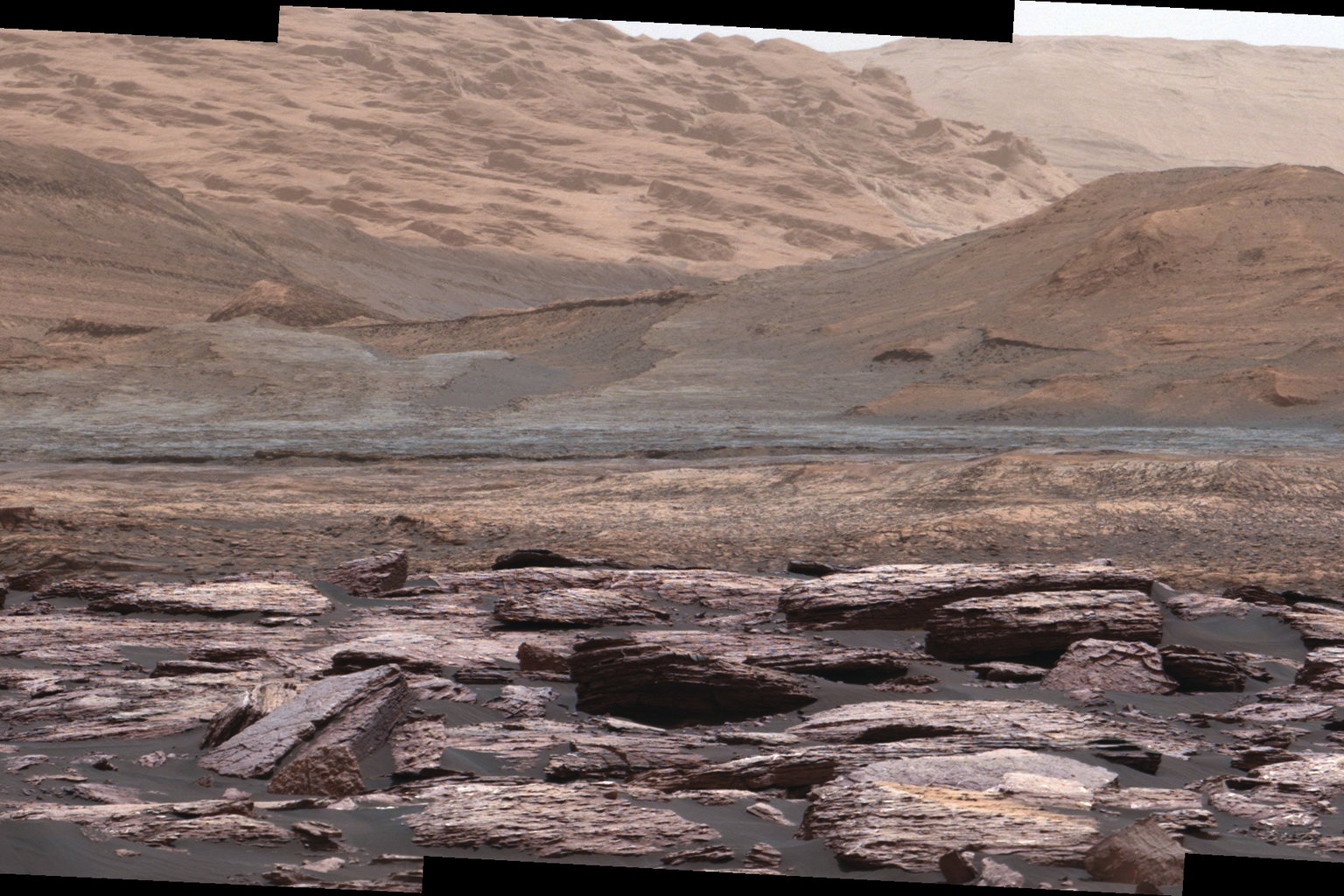Forget About Terraforming Mars. Here's Why.

If you want to terraform a planet, you can do so virtually in a new video game called "Mass Effect: Andromeda." The main character voyages to planets that are uninhabitable to life as we know it for various reasons, including sulfuric water, immense cold, or a thin atmosphere. It's then your task as a player to fix up these planets, in part by using alien technology.
Could we terraform a planet for real, though?
For decades, one of the top targets for terraforming was Mars. It's relatively close to Earth and we have reams of research showing that water flowed there in the ancient past. Perhaps the Red Planet, if it was warm enough, could host life as we know it again — although there is the ethical problem of potentially wiping out evidence of past life, or viability for present life.
NASA has deployed a spacecraft called Mars Atmosphere and Volatile Evolution (MAVEN) to watch the atmosphere from above and try to figure out the rate of gas loss. Scientists think that Mars had a thick carbon dioxide (CO2) atmosphere early in its history that allowed liquid water to exist, but most of the atmosphere was lost to space. When the atmosphere thinned, so the theory goes, water could no longer flow on the surface.
"The rate of loss of gas today is very low — slow enough that it would take billions of years to remove the equivalent amount of gas that is in the atmosphere," principal investigator Bruce Jakosky said in an email. There is some CO2 left in the polar ice and in carbon-bearing materials, he added, but not nearly enough to warm the temperature significantly if it somehow was put back in the atmosphere.
"There isn’t a source of CO2 that could replenish the atmosphere — even outgassing of CO2 from volcanoes has got to be incredibly slow today," Jakosky added. "If we wanted to put enough CO2 into the atmosphere to raise temperatures significantly, it would take something like 10 million kilometer-sized comets (if they were all made entirely of CO2). This is just not feasible."
RELATED: How Mars Went From Warm and Wet to Cold and Dry
Breaking space news, the latest updates on rocket launches, skywatching events and more!
MAVEN revealed new information about how much CO2 was lost, by looking at isotopes of argon-36 and argon-38. Unlike CO2, argon is removed by only one process: sputtering, which occurs when charged particles (ions) in space are picked up the solar wind because they have an electrical charge. Some ions accelerate into the Martian atmosphere and knock molecules into space, including argon and CO2.
The new analysis indicates that about 2/3 of the argon that was ever in the Martian atmosphere was lost to space through sputtering. Because CO2 can be lost through other processes, the investigators concluded that a larger fraction of the CO2 was removed.
"In total, this means that the majority of gas in the atmosphere has been lost to space," Jakosky said.
He added that terraforming is often seen as a panacea for humans; if we somehow mess up our own climate on Earth, we can always just try again on Mars.
"But that ignores the obvious point that, if we knew enough about climate to control the Mars climate, we also could control the Earth’s climate and either keep from mucking it up in the first place, or repair it after we’ve damaged it," Jakosky said.
Originally published on Seeker.

Elizabeth Howell (she/her), Ph.D., was a staff writer in the spaceflight channel between 2022 and 2024 specializing in Canadian space news. She was contributing writer for Space.com for 10 years from 2012 to 2024. Elizabeth's reporting includes multiple exclusives with the White House, leading world coverage about a lost-and-found space tomato on the International Space Station, witnessing five human spaceflight launches on two continents, flying parabolic, working inside a spacesuit, and participating in a simulated Mars mission. Her latest book, "Why Am I Taller?" (ECW Press, 2022) is co-written with astronaut Dave Williams.
